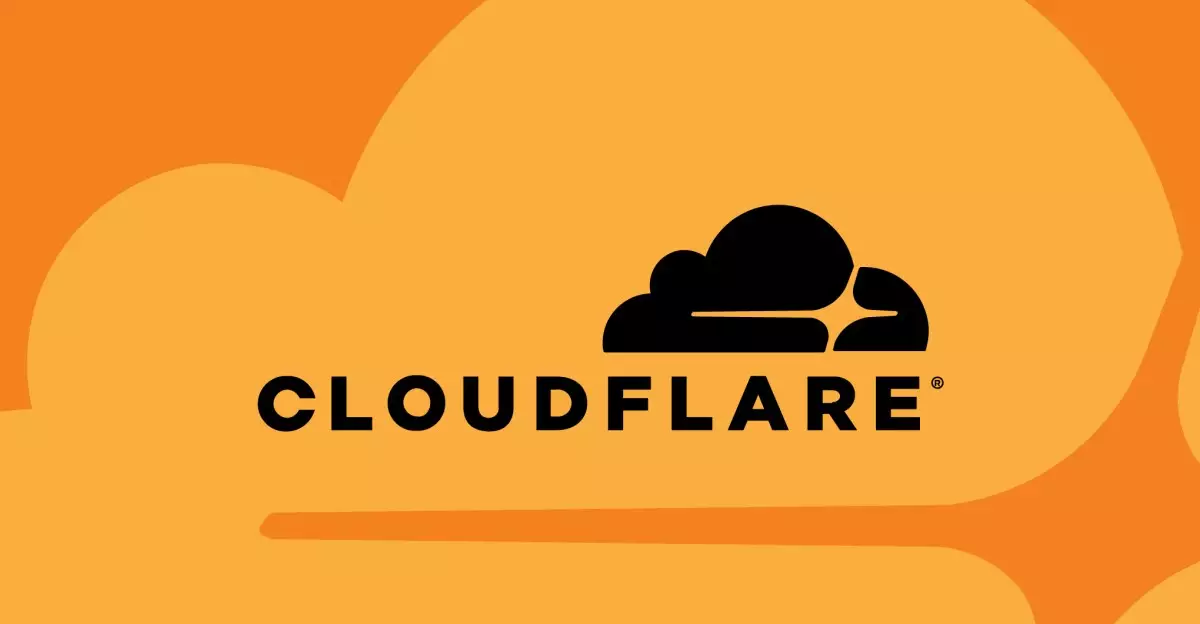In the rapidly evolving digital landscape, web scraping has emerged as a double-edged sword. On one side, scrapers can gather valuable data that fuels innovation and automation. On the other, they pose significant ethical and legal issues, especially for companies whose content is being harvested without consent. This situation has led many website owners to grapple with the looming threat of malicious bots that strip data for malicious purposes or to train artificial intelligence models. These unscrupulous tactics have necessitated the development of more sophisticated strategies to protect online data.
Cloudflare, a prominent network infrastructure company renowned for its services in internet security, has recognized this pressing need. As web traffic escalates, reaching a staggering 50 billion crawler requests daily, the challenge becomes not just how to safeguard data but also how to outsmart the very bots that want to exploit it.
AI Labyrinth: A Tool for the Digital Age
In response to this challenge, Cloudflare has unveiled its innovative tool, AI Labyrinth. Instead of employing traditional methods that simply block bots, Cloudflare has opted for a radically different approach. The company invites these crawlers into a meticulously designed maze of decoy pages filled with AI-generated content. The purpose? To divert, confuse, and exhaust the resources of these malicious entities.
By creating a labyrinthine environment composed of irrelevant but factually accurate content, website owners can mislead bots while safeguarding their proprietary information. This seems like an ingenious reimagining of web oversight, turning the tide on those who seek to pilfer data at will. Instead of engaging in a futile arms race of block-and-attack, Cloudflare’s strategy introduces an innovative defensive mechanism that invites negative players into a web of disinformation.
The Ethics of AI-Generated Content
One must ponder the ethical implications of using AI-generated nonsense to thwart web scrapers. While the intent is primarily to protect the rights of data owners, the underlying philosophy raises significant questions about digital responsibility. Is it ethical to produce content solely designed to mislead? Can AI-generated material, albeit harmless, contribute to a culture of misinformation?
Interestingly, Cloudflare emphasizes that the content’s accuracy is rooted in scientific facts, removing the potential for propagating disinformation about real-world events. Yet, the act of generating this content raises broader ethical concerns. Even if the misinformation is benign, the subtext remains: what are the consequences of normalizing misleading content production, regardless of the context? We exist in a precarious moment where lines can blur significantly.
A Dynamic Solution to Bot Management
AI Labyrinth is brilliantly crafted to function not only as a deterrent but also a profound intelligence-gathering tool. By monitoring bot behavior within this digital maze, Cloudflare gains invaluable insights into the strategies employed by malicious bots, enabling the continuous adaptation of defensive measures. While traditional methods might simply identify bad actors, this forward-thinking approach allows for an evolving landscape where new bot patterns and signatures can be detected and neutralized.
Moreover, this strategy signifies a shift in the conversation surrounding cybersecurity. Instead of viewing bots as a solely adversarial force, AI Labyrinth embraces a more nuanced approach that acknowledges the complexities of the digital ecosystem. As bots evolve, so too must the strategies employed to manage them, and Cloudflare’s innovative framework positions itself at the forefront of this evolution.
Embracing the Future of Digital Security
Cloudflare’s entry into the realm of bot management with AI Labyrinth not only sets a new precedent for web security but also invites a larger discourse on the future of artificial intelligence in digital environments. As we continue to forge ahead into an increasingly interconnected digital realm, the need for innovative solutions will only intensify. AI Labyrinth exemplifies how organizations can adopt a creative, adaptable mindset to address complex challenges.
With plans to develop expanded networks of linked URLs to further bolster this strategy, Cloudflare isn’t simply treading water; it’s setting the pace for an industry that must respond rapidly to evolving threats. As this arena progresses, companies will need to adopt a balance between their protected interests and ethical standards. The future may well depend on our collective ability to navigate the labyrinth of data security and responsibility.

